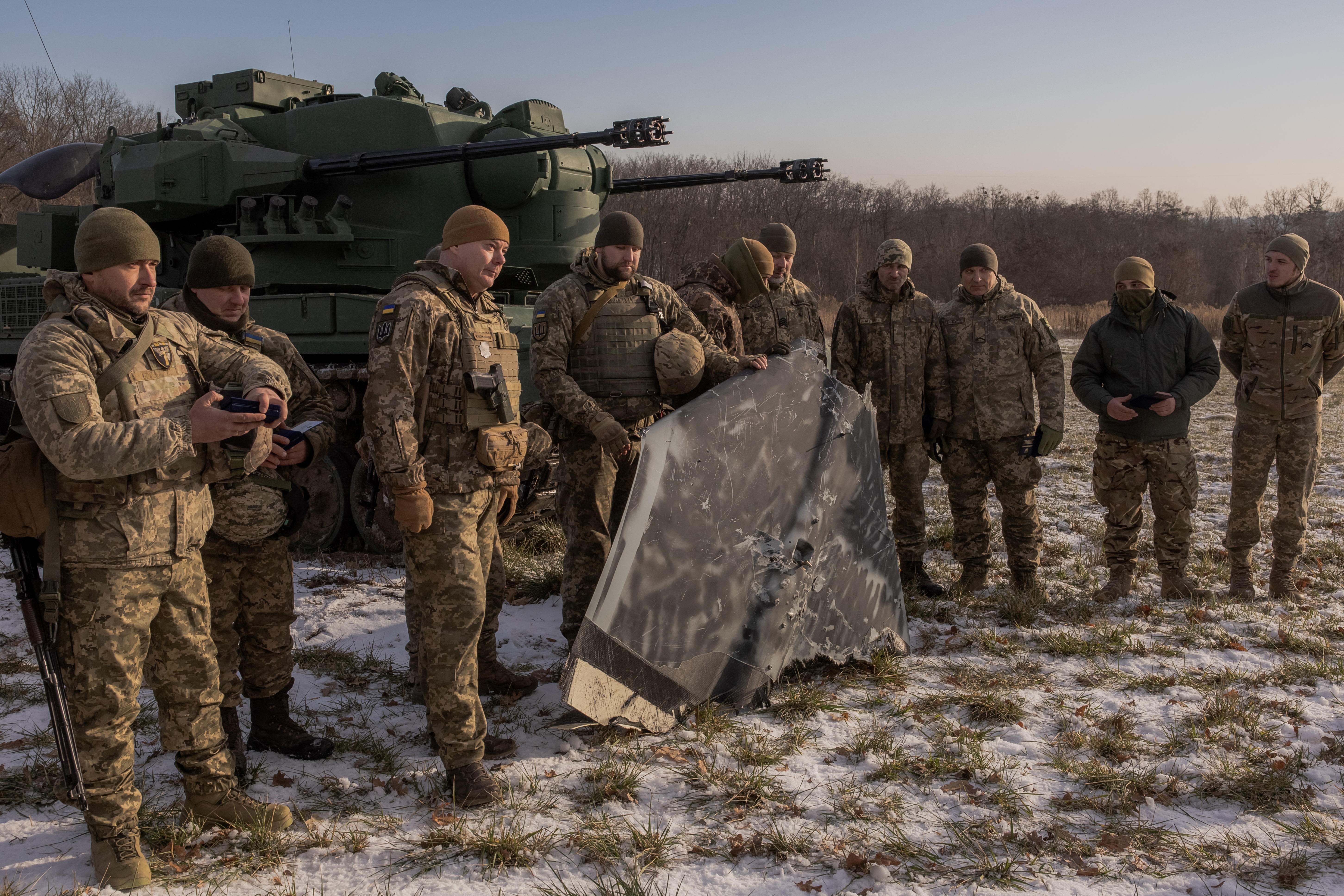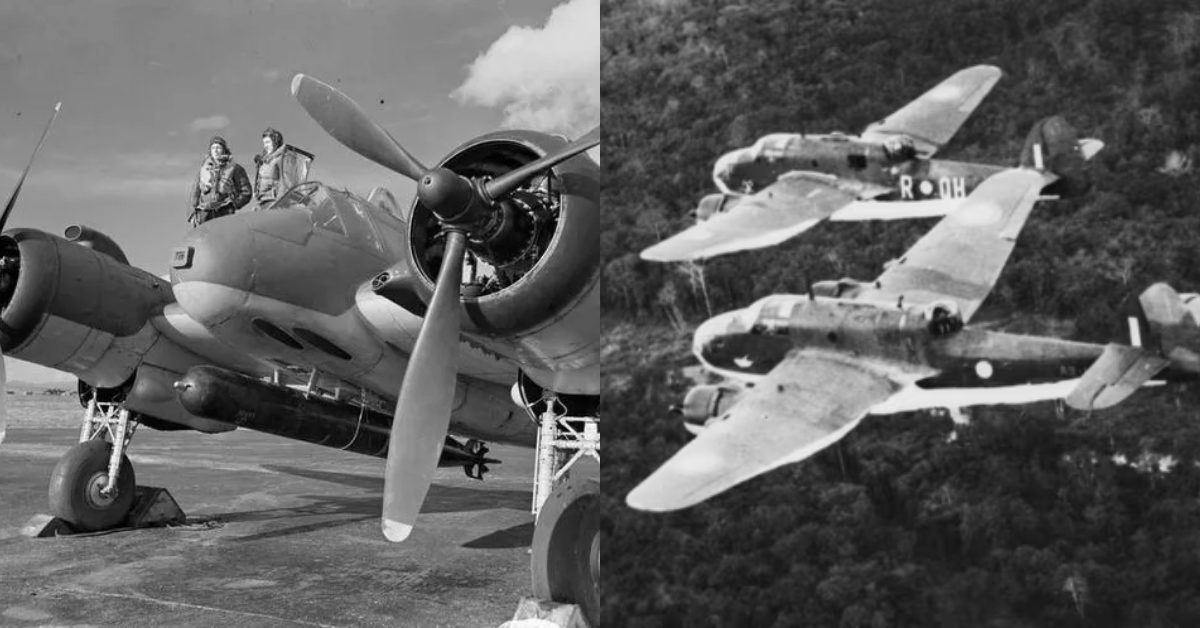Thanks to a team of technical specialists that analyzed data from every shootdown incident since October, the U.S. Navy and Lockheed Martin have created and deployed software modifications for warships firing down Houthi missiles and drones in the Red Sea.
To determine how the navy may modify operations to better detect and neutralize drones and missiles, the team examined encounters between American ships and planes in the Middle East as well as the dangers presented by the extremist organization based in Yemen. It also took into account any additional capabilities that the navy could require for merchant ship protection and self-defense.
:quality(70)/cloudfront-us-east-1.images.arcpublishing.com/archetype/JXOBBCKK7VGQ3AUVXB2BDFMXTE.jpg)
This project has been spearheaded by the Naval Surface and Mine Warfighting Development Center. The center’s goals are to create tactics for surface warfare, integrate them into advanced training exercises, and offer the fleet tactical know-how.
Rear Adm. Wilson Marks, the center’s commander, told Defense News that “we did stand up a 24/7 watch to ensure that we could provide support to the ships and staff at a moment’s notice as needed” following the Arleigh Burke-class destroyer Carney’s Oct. 19 shootdown of three land-attack cruise missiles launched from Yemen.
The Navy has established a regular schedule with weekly meetings with SMWDC, ship crew members, strike group commanders, U.S. 5th Fleet officials, and others as engagements have decreased.
In addition to the information gathered by the radars, sensors, and combat systems, Marks added that the ships and planes offer a “storyboard” of each battle from their point of view.
The technical specialists at SMWDC in Dahlgren, Virginia, then collaborate with a group comprising Lockheed Martin, the Johns Hopkins Applied Physics Laboratory, the Program Executive Office Integrated Weapons Systems, the Naval Surface Warfare Center Dahlgren Division, the Naval Surface Warfare Center Corona Division, and the Naval Information Warfighting Development Center to search the data for various objectives.
“We provide the ships with immediate feedback,” the SMWDC said, outlining any adjustments to tactics they advise, any novel behavior they have observed in the opponent, new configurations for ship systems to improve their ability to detect and neutralize threats, and other pressing lessons.
Marks stated, “Basically, we’re attempting to remove the war fog that’s present there.”
:quality(70)/cloudfront-us-east-1.images.arcpublishing.com/archetype/KKVE3RXV6FGMVAHRNWAZU2KFZE.jpg)
Lockheed Martin and PEO Integrated Weapons Systems are searching concurrently for “possible technical fixes” that might be included into upgrades for the Aegis Combat System.
Furthermore, SMWDC incorporates these modernized tactics and real-world scenarios into the Surface Warfare Advanced Tactical Training events that ships conduct prior to their final certifications and deployments, in addition to briefing the upcoming ships preparing for deployment about the lessons learned.
For instance, the Surface Warfare Advanced Tactical Training exercise that the Abraham Lincoln Carrier Strike Group underwent was greatly impacted by the kinds of destroyer engagements that have taken place in the Red Sea during the previous six months.
Prior to being deployed on ships presently engaged in operations in the Middle East, the strike group also evaluated modifications to the Aegis Combat System software, according to Marks. Citing security concerns, he will not divulge the specifics of the software modifications other than to say that they had demonstrated “a significant increase in capability.”
According to Marks, the Navy and Lockheed Martin have created a procedure known as Aegis Speed to Capability, which enables minor modifications to be quickly deployed rather than waiting to be incorporated into the next significant baseline upgrade of the combat system software.

According to the rear admiral, this has demonstrated its worth since certain ships stationed in the area now have software updates that aid with drone counterattacks, and we’re finding those to be really effective. Thus, that was a few years ago investment that is now paying off handsomely.
Houthi engagements since October, according to Marks, demonstrate that the “tactics, techniques, and procedures that we have in place are solid.” The only adjustments that need to be made to them are essentially minor adjustments to ensure that everyone knows exactly how to use them.
Again citing security concerns, Marks would not disclose details, but he did say that some lessons gained had to do with the fundamentals, such as how the personnel set up and used their spy radar.
“The Red Sea is perhaps one of the world’s most challenging regions in terms of atmospheric conditions and radar-related problems. Thus, it has been crucial that we keep emphasizing how you build up your radar system in that kind of setting,” he stated. The second is that we make sure to customize our systems to search for the enemy’s capabilities due to the climatic circumstances and the adversary they are up against.
“You would look at the current adversary and say: ‘Hey, maybe we need to focus in a little bit more on… certain speed characteristics or things like that that they’re seeing over in the Red Sea,'” instead of searching for a missile or drone similar to what China and Russia may shoot.
:quality(70)/cloudfront-us-east-1.images.arcpublishing.com/archetype/CADVQKRAQVBODOL5WTIOBAPZPI.jpg)
He mentioned that the SMWDC decided a few years ago to include training on opposing unmanned systems in all domains, and that Houthis’s use of unmanned systems in the air, on land, and underwater has confirmed this choice.
He stated that, in general, the Surface Warfare Advanced Tactical Training exercises and other drills don’t need to be significantly altered or expanded; instead, they might be adjusted to place a little more focus on particular abilities and engagement styles in order to better prepare deploying ships for potential Middle East scenarios.





